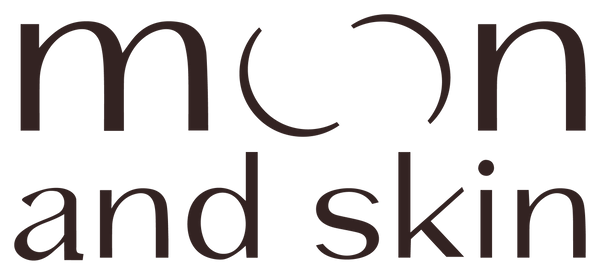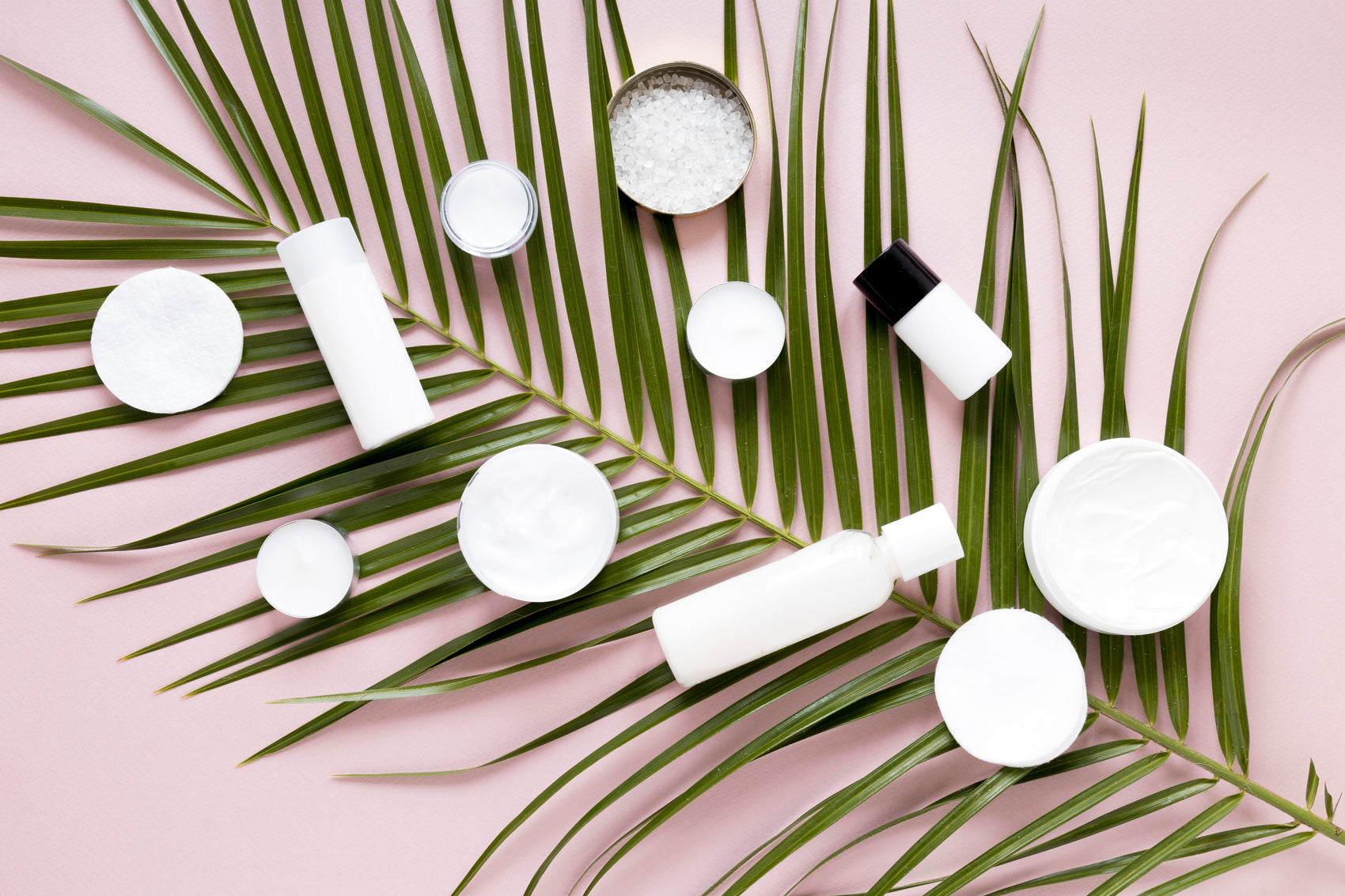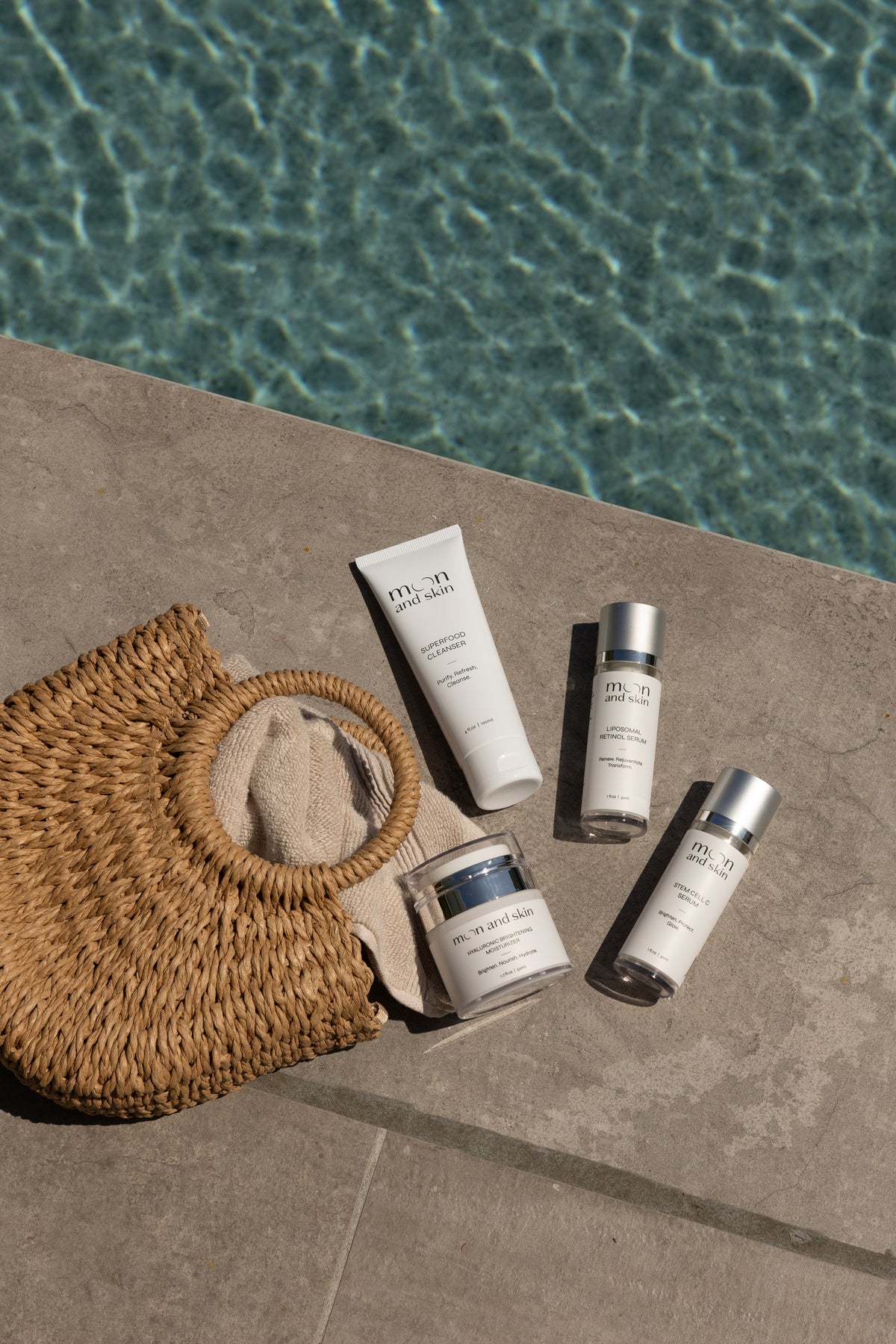Table of Contents
Introduction
Have you ever wondered about the secret to radiant, hydrated skin? The skincare world is filled with buzzwords and ingredients that promise to transform your complexion, but one ingredient consistently stands out: glycolic acid. As a powerhouse alpha hydroxy acid (AHA) derived from sugar cane, glycolic acid is celebrated for its ability to exfoliate and encourage cell turnover. But does glycolic acid hydrate skin, or is it merely a surface-level treatment?
At Moon and Skin, we understand that navigating through the myriad of skincare ingredients can be overwhelming. With the rise of interest in clean and effective skincare, it’s crucial to understand not only how glycolic acid works but also how it fits into a holistic skincare routine tailored to every phase of life. In this blog post, we will explore the hydrating properties of glycolic acid, its benefits, and how it can be integrated into your skincare regimen for optimal results.
Together, we'll uncover how glycolic acid can enhance your skin’s hydration and overall health, while also celebrating its multifaceted benefits. From its exfoliating properties to its ability to boost moisture levels, we aim to provide you with the information you need to make informed skincare choices. Let’s dive in!
What is Glycolic Acid?
Glycolic acid is a water-soluble AHA that belongs to a family of acids known for their exfoliating properties. Among AHAs, glycolic acid boasts the smallest molecular size, which allows it to penetrate the skin more deeply and effectively than its counterparts, such as lactic or citric acid. This unique characteristic makes glycolic acid a favored ingredient in numerous skincare products.
The Science Behind Glycolic Acid
Glycolic acid works primarily by breaking down the bonds that hold dead skin cells together on the surface of the skin. By doing so, it encourages the natural shedding of these dead cells, revealing smoother and healthier skin underneath. As we age, the natural exfoliation process slows down, leading to a buildup of dead skin cells that can result in dullness, uneven texture, and clogged pores. This is where glycolic acid shines.
In addition to its exfoliating capabilities, glycolic acid has been shown to stimulate collagen production and enhance the synthesis of glycosaminoglycans, which are crucial for maintaining skin hydration. This dual action not only promotes a brighter complexion but also helps to create a plump, hydrated appearance.
Glycolic Acid and Hydration
You might be wondering: does glycolic acid hydrate skin? The answer is yes, but with a nuanced understanding. While glycolic acid is primarily known for its exfoliating properties, it also plays a significant role in enhancing skin hydration. Here’s how:
- Boosts Hyaluronic Acid Production: Glycolic acid helps to increase the skin’s natural production of hyaluronic acid, a humectant that attracts and retains moisture. This process can improve the overall hydration levels of the skin, contributing to a plump and youthful appearance.
- Stimulates Natural Moisturizers: Glycolic acid promotes the synthesis of mucopolysaccharides, which are essential for skin hydration. These molecules draw water into the skin, helping to keep it moisturized and supple.
- Improves Skin Barrier Function: With enhanced hydration and stimulation of collagen production, glycolic acid helps to strengthen the skin barrier. A healthy skin barrier is essential for retaining moisture and protecting against environmental stressors.
Key Takeaway
While glycolic acid is not a traditional hydrating ingredient like hyaluronic acid or glycerin, it indirectly enhances skin hydration by promoting the skin's natural moisturizing factors. This unique ability makes it an excellent addition to any skincare routine focused on achieving balanced, hydrated skin.
The Benefits of Glycolic Acid for Skin
Glycolic acid is celebrated not only for its hydrating properties but also for a myriad of skin benefits. Below, we’ll explore some of the key advantages of incorporating glycolic acid into your skincare routine.
1. Exfoliation and Cell Turnover
As mentioned earlier, glycolic acid is an effective exfoliant. By promoting natural cell turnover, it helps to slough away dead skin cells that can lead to dullness and uneven texture. Regular use of glycolic acid can result in brighter, smoother skin.
2. Reduction of Hyperpigmentation
Glycolic acid can help reduce the appearance of dark spots and hyperpigmentation by encouraging the shedding of pigmented skin cells. This makes it particularly beneficial for those dealing with sun damage or post-inflammatory hyperpigmentation.
3. Minimization of Fine Lines and Wrinkles
The stimulation of collagen production associated with glycolic acid use can lead to a reduction in the appearance of fine lines and wrinkles. By improving skin elasticity and firmness, glycolic acid contributes to a more youthful complexion.
4. Acne Management
Glycolic acid is often used in treatments for acne-prone skin due to its ability to exfoliate and clear pore-clogging debris. It can help prevent breakouts and reduce the appearance of acne scars over time.
5. Smoother Skin Texture
With consistent use, glycolic acid can improve overall skin texture, making it feel softer and smoother. This is especially beneficial for those with conditions like keratosis pilaris or rough patches on the skin.
6. Enhanced Hydration
As discussed, glycolic acid enhances the skin's hydration levels by promoting the production of hyaluronic acid and other natural moisturizing factors. This results in a more supple and glowing complexion.
Choosing the Right Glycolic Acid Product
Not all glycolic acid products are created equal. When selecting a glycolic acid formulation, consider the following factors:
Concentration
Glycolic acid products typically come in different concentrations. For beginners, we recommend starting with a lower concentration (around 5-10%) to allow your skin to adjust. As your skin builds tolerance, you can gradually increase to higher concentrations.
pH Level
The efficacy of glycolic acid is also influenced by its pH level. A pH between 3 and 4 is ideal for effective exfoliation without causing irritation. Look for products that specify their pH level.
Formulation
Consider the overall formulation of the product. Products that include additional soothing agents, antioxidants, or hydrating ingredients can help mitigate any potential irritation associated with glycolic acid use.
Product Format
Glycolic acid is available in various formats, including cleansers, toners, serums, and masks. For maximum benefits, we recommend incorporating a leave-on treatment, such as a serum, into your routine to allow glycolic acid more time to work effectively.
Key Takeaway
When choosing a glycolic acid product, prioritize the concentration, pH level, and overall formulation to ensure you find a product that aligns with your skin's needs.
How to Use Glycolic Acid in Your Skincare Routine
Integrating glycolic acid into your skincare routine can yield remarkable results, but it’s essential to use it correctly to avoid irritation. Here’s a step-by-step guide to help you get started:
Step 1: Cleanse
Begin your routine with a gentle, pH-balanced cleanser, such as our Superfood Cleanser. This will remove dirt and impurities while preparing your skin for glycolic acid.
Step 2: Apply Glycolic Acid
After cleansing, apply your glycolic acid product. This could be a toner, serum, or exfoliant. Use a cotton pad or your fingertips to apply the product evenly across your face, avoiding the eye area.
Step 3: Moisturize
Follow with a hydrating moisturizer, such as our Hyaluronic Brightening Moisturizer. This step is crucial, as glycolic acid can have a drying effect on the skin. A good moisturizer will help lock in hydration and support your skin barrier.
Step 4: Sunscreen
Always apply a broad-spectrum sunscreen during the day, as glycolic acid can increase your skin’s sensitivity to the sun. Protecting your skin is vital to prevent UV damage and maintain the results of your glycolic acid treatment.
Key Takeaway
To maximize the benefits of glycolic acid, follow a balanced routine that includes cleansing, application, moisturizing, and sun protection. This will help ensure your skin remains healthy and hydrated.
Common Questions About Glycolic Acid
Can I Use Glycolic Acid Every Day?
Glycolic acid can be used daily, but it's essential to start slowly and observe how your skin reacts. If you're new to AHAs, begin with a couple of times a week and gradually increase frequency as your skin builds tolerance.
Is Glycolic Acid Suitable for All Skin Types?
Yes, glycolic acid is generally suitable for all skin types. However, those with sensitive skin should start with lower concentrations and monitor their skin for any signs of irritation.
Can I Use Glycolic Acid with Other Active Ingredients?
When combining glycolic acid with other active ingredients, it's crucial to proceed with caution. For instance, using glycolic acid and retinol together can increase the risk of irritation. If you're unsure, consider alternating their use or consulting with a skincare professional.
What Should I Do If I Experience Irritation?
If you experience redness, stinging, or irritation after using glycolic acid, reduce the frequency of application or switch to a lower concentration. Always follow glycolic acid with a soothing moisturizer to help calm the skin.
Key Takeaway
Understanding how to use glycolic acid effectively is key to reaping its benefits while minimizing potential irritation. Always listen to your skin and adjust your routine as necessary.
Conclusion
In conclusion, glycolic acid is a remarkable ingredient that not only exfoliates the skin but also enhances hydration by stimulating the production of hyaluronic acid and other natural moisturizers. Its multifaceted benefits make it an essential addition to a well-rounded skincare routine, supporting the journey to healthy, radiant skin.
At Moon and Skin, we believe in providing clean and thoughtful skincare solutions that empower our community. Our products, such as the Stem Cell C Serum and Liposomal Retinol Serum, complement glycolic acid treatments beautifully, targeting various skin concerns while keeping your skin nourished.
Are you ready to elevate your skincare routine? Explore our Bundle & Save collection, and start your journey toward hydrated, glowing skin today!
FAQ
1. Does glycolic acid hydrate the skin?
Yes, glycolic acid enhances hydration by boosting the skin's natural production of hyaluronic acid and other moisturizing factors.
2. How often should I use glycolic acid?
Start with 2-3 times per week and gradually increase frequency as your skin builds tolerance.
3. Can I use glycolic acid with other active ingredients?
While it’s possible, use caution when combining glycolic acid with potent ingredients like retinol. Consider alternating their use.
4. What are the side effects of glycolic acid?
Common side effects may include mild stinging, redness, or dryness. If you experience significant irritation, reduce usage or consult a professional.
5. Is glycolic acid suitable for sensitive skin?
Yes, but those with sensitive skin should start with lower concentrations and apply less frequently to avoid irritation.







